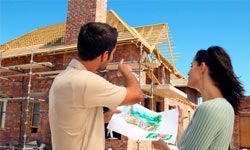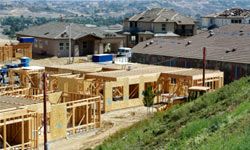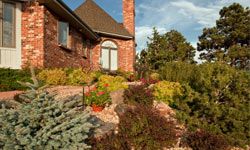Going green and doing your part to save the planet sounds like a great idea. But other than recycling, using compact fluorescent light bulbs and conserving energy, what else can you actually do? Many people have gone green by seeking LEED certification for their homes. LEED (Leadership in Energy and Environmental Design), a program run by the U.S. Green Building Council (USGBC), is a certification for buildings that have a reduced environmental impact. You can get a home LEED certified by making improvements under any of the USGBC's nine priority categories: sustainable sites, water efficiency, energy and atmosphere, materials and resources, indoor environmental quality, locations and linkages, awareness and education, innovation and design, and regional priority [source: U.S. Green Building Council].
Whether you're renovating a current home to make it greener or building the sustainable home of the future from the ground up, qualifying for LEED certification is a complex process. The standards and guidelines are extremely detailed. Any builders or contractors that you hire have to follow those guidelines and use mathematical calculations and documentation to prove they have been followed. The certification system is set up as a series of prerequisites (or requirements) and credit points. Prerequisites are specific standards your home has to meet to even be considered for certification. Credit points are given for a range of optional improvements. The points, awarded for everything from meeting energy efficiency standards to preserving plant-life, add up to a certification score. A house needs at least 40 points to be certified. Any points above 49 count toward higher certification levels, including Silver (homes that earn 50-59 points), Gold (60-79 points) and Platinum (80 or more). There are a total of 110 possible points a building can receive [source: U.S. Green Building Council].
Advertisement
What are some of the changes and improvements that you can make to your home to qualify for LEED certification? Read on to find out.



